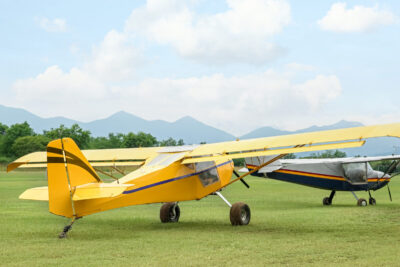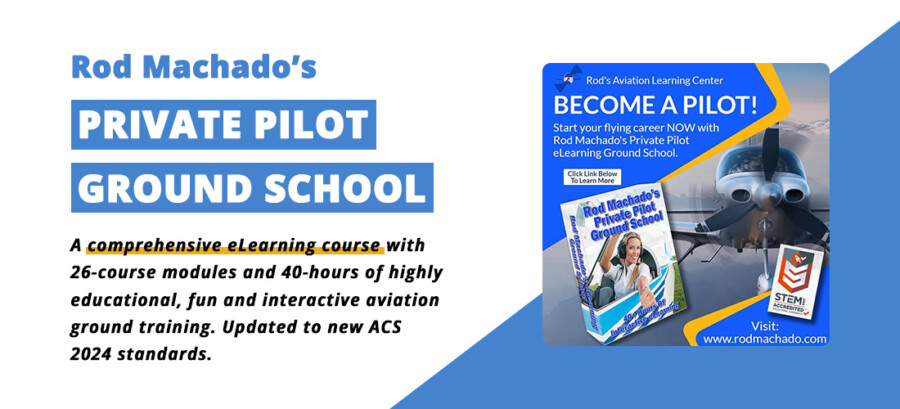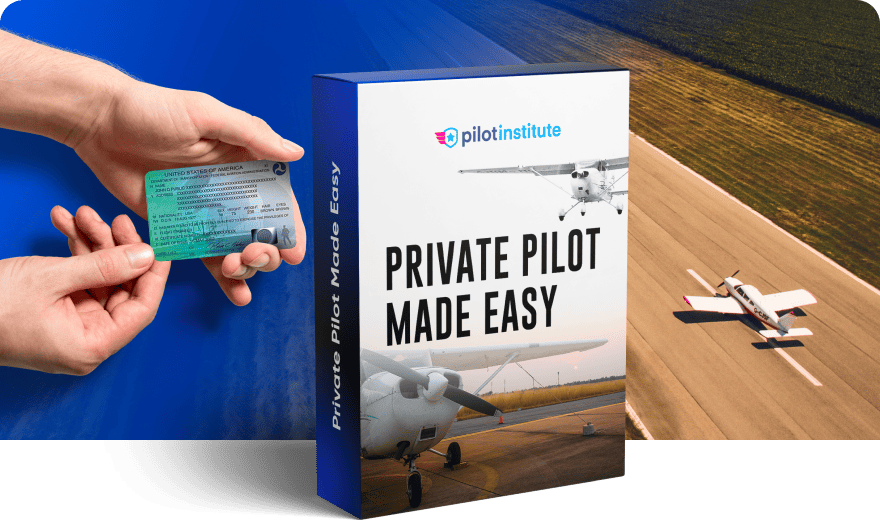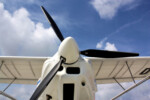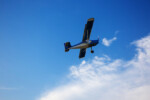Do you Need a Pilot’s License to Fly an Ultralight?
17 March 2023 | Updated on February 05, 2024
Flying an ultralight offers one of the most thrilling flying experiences. Aviation regulators in the United States do not classify ultralights as airplanes; hence, they are exempt from most regulatory requirements for general aviation airplanes.
But don’t be fooled into thinking ultralight flights have no regulatory oversight. The Federal Aviation Authority (FAA) has specific regulations for ultralight operations within the United States. These include limitations on an ultralight’s weight, airspeed, and restrictions on flight operations.
Regulations on flying ultralights vary per country; you need a pilot license to fly an ultralight in some countries, while some do not require you to have a pilot license. Still, you must check local regulations on operating ultralight operations in your area and receive training on how to fly an ultralight from a professional before you begin flying.
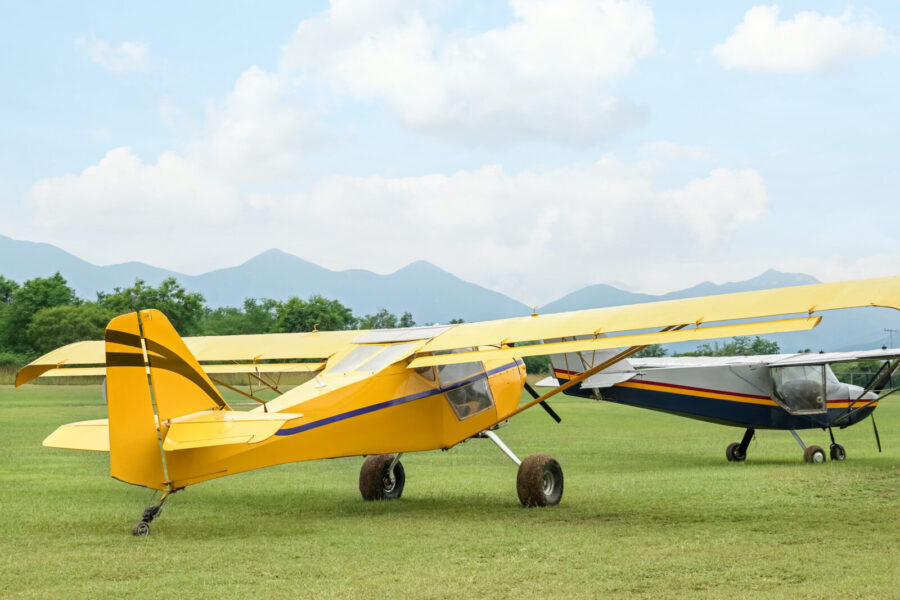
Important Disclaimer: The information and data provided here are for informational purposes only, and are subject to change over time. We strive to provide the most current and relevant information, but the dynamic nature of the topics discussed may result in changes that are not immediately reflected in our content. We recommend our readers to conduct their own research and consult with professionals when making significant decisions based on the data or information provided here. Your reliance on the information in this post is solely at your own risk.
Do you need a pilot license to fly an ultralight?
You don’t need a pilot license, specific certification, or skills to fly an ultralight in the United States. However, don’t be quick to strap yourself into a cockpit and begin flying. 14 CFR Part 103.1 (FAR 103) classifies ultralights as vehicles, and you may fly one without a license as long as they meet the following requirements:
- It has a single seat and is flown by a pilot during flight operations.
- It is for recreation or sports flying.
- It does not possess an FAA airworthiness certificate.
- Its empty weight does not exceed 155 pounds (unpowered) or 254 pounds (powered).
- A single 5-horsepower mechanical engine or 1-kilowatt electric motor powers it.
- It has a maximum airspeed of 55 knots at full power during level flight.
- Its stall speed does not exceed 24 knots (power off).
- It has a maximum fuel capacity of 5 U.S. gallons (19 liters).
Without a pilot’s license, you can legally fly any ultralight vehicle that meets the above requirements. But flying an ultralight without training can harm the pilot and the people below.
It is why the FAA restricts ultralight operations within designated areas, and pilots must have some form of training in ultralight operations.
Can you fly an ultralight without training?
The FAA endorses a national ultralight pilot certification program developed by the Experimental Aircraft Association (EAA). There are no legal certification requirements for ultralight pilots in the United States. Under FAR Part 103 rules for ultralight vehicles, ultralight pilots are responsible for their safety. They are fully aware of the dangers of operating an uncertificated vehicle and are responsible for flying the vehicle safely within the manufacturer’s intended flight envelope.
Does that mean you can take off in your ultralight without proper flight training? Not likely. Having excellent knowledge of your ultralight, including its performance and controllability parameters, pre-flight techniques, maintenance practices, and responding to in-flight emergencies before getting airborne, is vital.
For rookie ultralight pilots and individuals with a private pilot license transitioning into an ultralight. Training at a certified facility enhances the self-regulatory policies governing single-occupant recreational vehicles giving ultralight operations freedom from regulatory restrictions on general aviation aircraft. It promotes safe ultralight flights and protects other pilots, including persons and properties on the ground.
You should remember that ultralight training or going through the process of ultralight pilot certification does not automatically award you a pilot license.
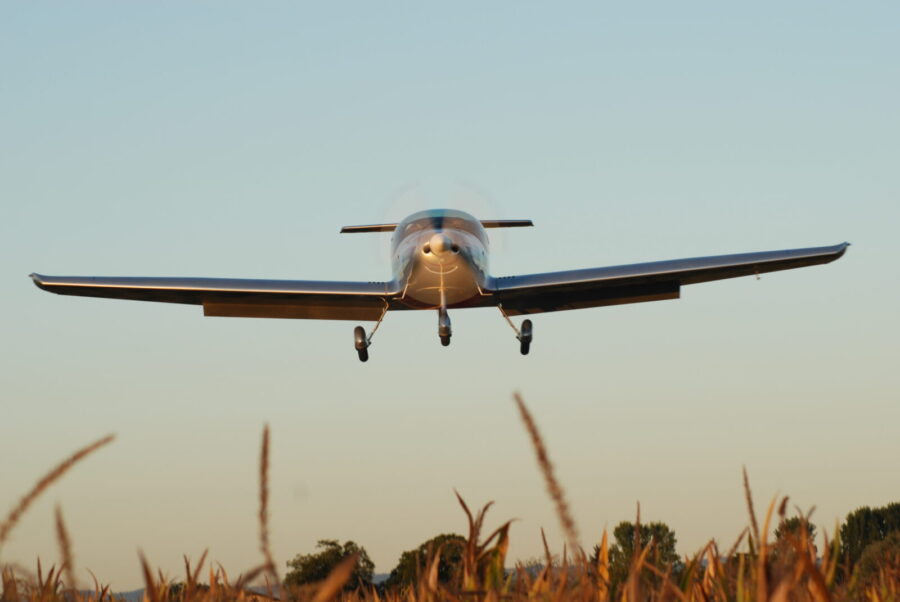

Ultralight pilot training cost
Your ultralight training costs will depend on your location, ultralight rental fees, and flight school. Your learning pace can also impact your total training costs. In a nutshell, the faster you learn, the less you pay. But we will get into the details in a minute.
Having a budget for specific items like books and training manuals, an insulated jacket, boots, and a pair of aviator sunshades is a great idea.
An ultralight pilot’s training starts from $9,000, depending on the training guide for the ultralight type. Training for basic ultralights like weight-shift control trike costs between $6,000 to $10,000, including dual-flight instruction and ground school fees. Learning to fly more complicated ultralights with airplane-like 3-axis control and electronic flight systems typically costs over $10,000.
Below is a breakdown of estimated ultralight training costs for 30 hours, the realistic minimum dual instruction flight time for new pilots before flying solo.
| No. Of Hours | Cost Per Hour | Total Cost | |
| Dual Instruction flight time | 30 | $200 | $6,000 |
| Ground school training | 25 | $30 | $750 |
| Briefing/De-briefing | 5 | $50 | $250 |
| Supervised solo | 5 | $200 | $1,000 |
| Ground school supplies | $1,000 | ||
| Total | $9,000 |
Your ultralight training costs could be lower if you completed dual-instruction flight time in fewer hours.
How long does it take to fly an ultralight?
How fast you learn how to fly an ultralight depends on the following factors:
- The flight school’s training program.
- The type of ultralight vehicle you are learning to fly.
- Your learning pace.
- Your previous flying experience.
- The local weather conditions.
All these factors have a huge impact on your learning curve. But on average, an individual with no prior flying experience will spend around 30 hours of dual-instruction flight time (about two weeks) before having the confidence and capability to fly solo on a basic ultralight. We assume the person spends three days each week training on various flight maneuvers, including power take-offs and landings.
Flying an ultralight involves a lot more than taking off and landing safely. You need a good understanding of weather conditions, navigation, aerodynamics, and communication skills. It is possible to become proficient in all these areas after 40 hours of training.
Ultralights have different flight characteristics, and learning to fly certain types, like weight-shift control paragliders, can takes more time and be more challenging than the conventional three-axis control ultralights. Private pilots and individuals with previous aviation experience spend fewer hours learning how to fly ultralights.
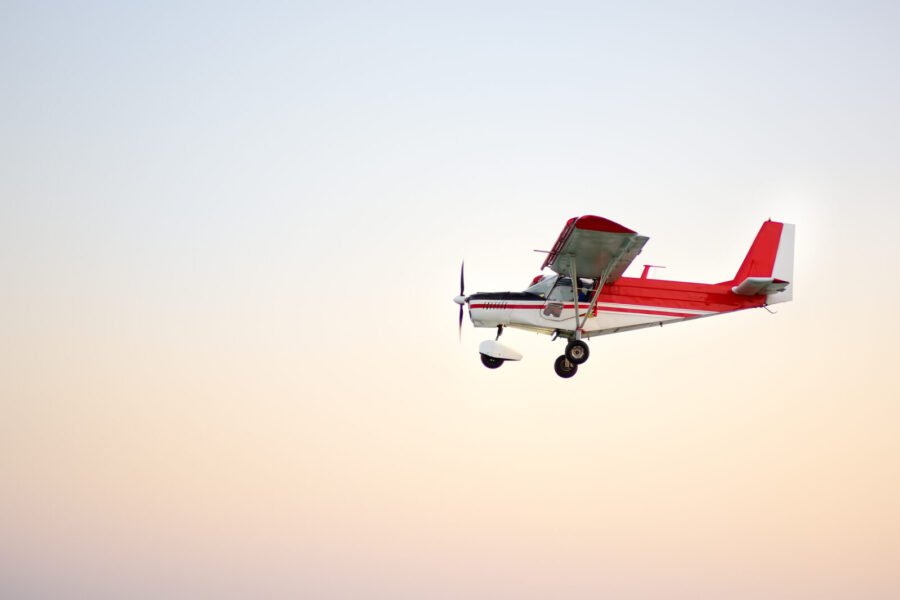

Steps to becoming an ultralight pilot
For most of us, flying an ultralight is the easiest and cheapest way to enjoy the joys of being airborne. You don’t have to take out a mortgage on your home to buy a plane, there are no intrusive medicals to endure, you don’t have to pay expensive airport charges and aircraft maintenance fees, you don’t have to deal with nosy regulators, and pay for costly periodic certifications, and no air traffic control hassle. Just plain fun and complete peace of mind.
So how do you join this exclusive club of aviation purists? We have listed some helpful tips to start you on your journey to becoming an ultralight pilot.
- Contact your local EAA chapter and attend one of the organization’s several events where newbies are encouraged to try free introductory flights in ultralights.
- Join a local chapter. There are over nine hundred EAA (including ultralight specific) chapters across the United States. Becoming a part of the ultralight community allows you to bond with other individuals who share a common interest in experimental aircraft and offer assistance in becoming a skilled pilot.
- Select an ultralight type. Ultralights consist of diverse models and types ranging from weight-shift trikes, powered parachutes, fixed-wing airplanes, and rotorcraft. There is an option of flying hot air balloons if you are really into lighter-than-air flying experiences.
- Research the costs and arrange your finances accordingly. It will be a good idea to look into pilot training costs. Joining an ultralight club provides access to pilot training scholarships and discounted used ultralights for sale.
- You need to receive the pilot training required to become a proficient ultralight pilot capable of flying an ultralight safely. There are no written tests, so your focus is on practice and study. A certified instructor will be available to guide you through the process in the air and on the ground. EAA training guides, including the Ultralight Sourcebook, are vital study resources.
- Build your flying skills and confidence to fly solo after the required dual-flight instruction time. Once you achieve solo flight, continue to improve your knowledge in essential areas of ultralight flight operations, including aerodynamics and aircraft maintenance.
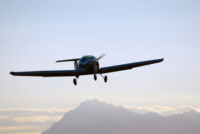

Learn more
How Much Does An Ultralight Cost?
How hard is it to fly an ultralight?
Ultralights are relatively easier to fly than airplanes, with several novice ultralight pilots often commenting on their simple controls, effortless operation, and minimal instrumentation. Ultralights are more forgiving of mistakes made by inexperienced pilots, and their significantly slower speeds allow you to make corrections reasonably quickly.
However, a pilot’s ability to safely fly an ultralight depends on proper training, good flying skills, and extensive knowledge of the specific ultralight type. Flying an ultralight requires a high degree of alertness, and you need intuitive reactions to potentially catastrophic signs of fuel starvation, engine failure, bad weather, or wind turbulence because of the absence of instruments and gauges like compasses, gyro-stabilized compasses, engine warning indicators, wind speed indicators, and fuel gauges. Remember to keep up with your situational awareness; otherwise, you can quickly lose your bearings and run into serious trouble.
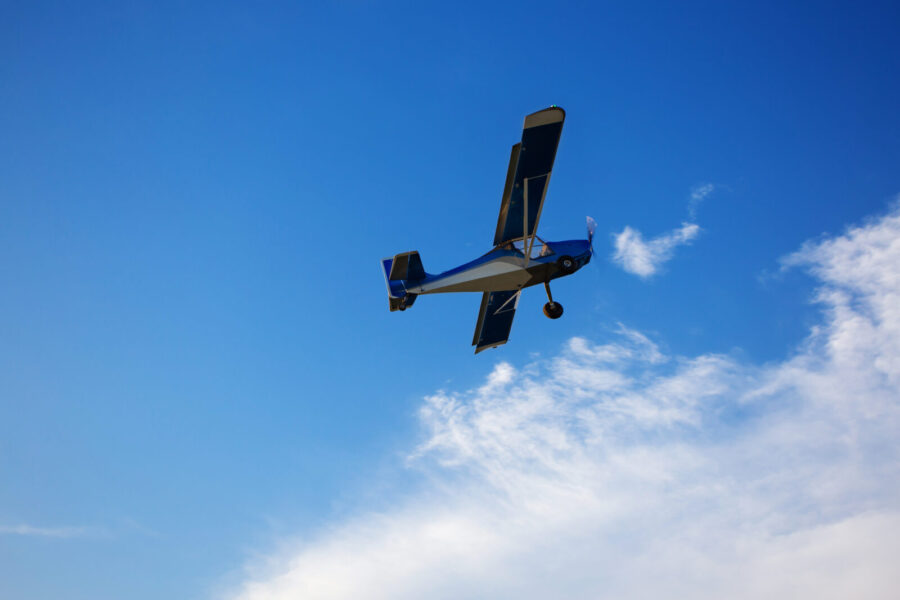

Where can you fly an ultralight?
The FAA has some very restrictive laws regarding where to fly your ultralight. Generally, ultralight flight operations in the United States are restricted to certain types of airspace and locations. It is best to be familiar with those rules of operation before flying your ultralight.
You can fly your ultralight in these areas according to Part 103 FAR rules:
- Any uncontrolled airspace, including Class G and Class E airspace.
- Below 1,200 medium seal level (MSL).
- Over areas that are not densely populated or above large open-air groups of people or over protected areas like national parks.
Can I make a living flying ultralights?
It is possible to make a living flying ultralight if you properly research and adapt to changing market conditions. Still, you must be pretty creative going about it because the FAA rarely tolerates anyone earning an income by flying without a commercial pilot license. Also, ultralights are niche vehicles under the recreational and experimental aircraft category with very little commercial demand compared to conventional general aviation aircraft.
Here are a few things to consider if you desire to earn a living as an ultralight pilot.
- Your location determines the demand for your services. You have a better opportunity to earn income as an ultralight pilot in areas where flying is popular.
- Factors like your local economy and seasonal changes will determine market demand for your services.
- Your experience and flying skills are vital because potential clients will demand proof of your flying proficiency and other certifications, allowing you to offer ultralight flying services in the area.
Below are some services you can offer as an ultralight pilot.
- Flight instructor to new recreational pilots.
- Offering scenic flights to tourists.
- Performing aerial photography.
- Performing aerial surveys.
- Performing agricultural or crop dusting services.
- Flying (for a fee) at promotional events.
- Performing demonstration flights for clients and at events for ultralight manufacturers and dealers.
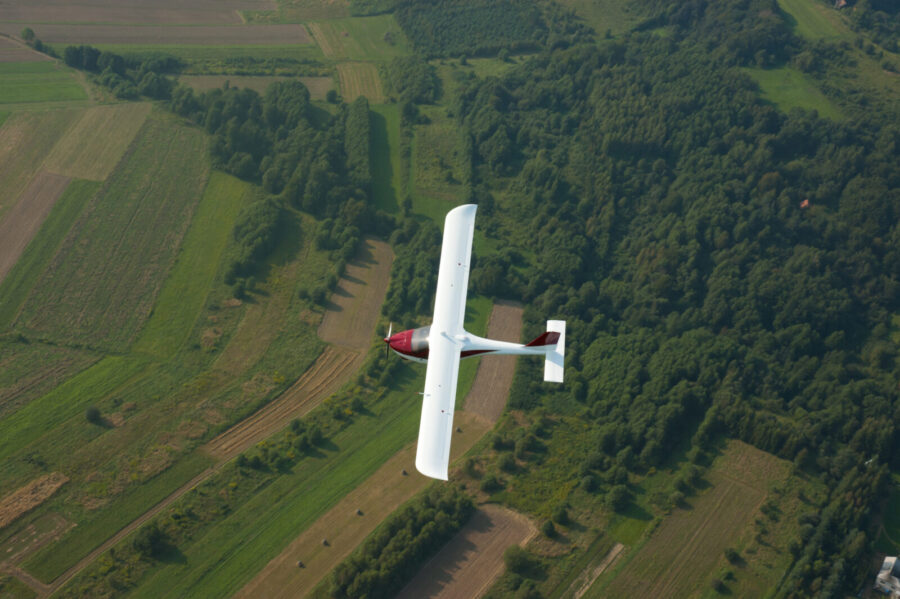

Conclusion
Flying an ultralight is an enriching experience, and the fun part is that you don’t have to spend tons of cash on expensive pilot certifications. However, you are responsible for your safety and others, including a commitment to proper training, safety precautions, and understanding the limits of your ultralight capabilities.
And for the cost of owning a ride-on lawnmower, snowmobile, or jetski, you can enjoy fantastic views anytime, anywhere.




















